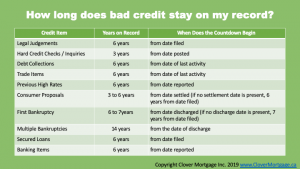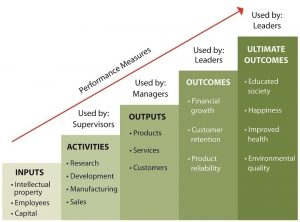It is easy to tell if a business is en route to failure. Sales are getting scarce, bills are getting harder to pay, and you get this sinking feeling when you realize that another month is about to end in a loss.
The cold hard fact is that over 90% of all businesses fail. 50% may survive for up to five years, but most of them are just delaying their eventual demise.
Remember that business is a war and success is a constant struggle. You need to face challenges with resolve and make the hard—but right—decisions. You may start developing plans on how to increase your income, but those take much time. For now, you need to learn your options to keep your struggling business afloat by cutting costs and reestablishing a solid cushion for your business.
Revert to Free Apps
In the digital age, many businesses resort to automation for growth. Automation makes perfect sense for established companies with traction since it helps them capitalize momentum. For startups and SMEs, however, it can be a gamble. After all, automation tools for marketing, analytics, and other business processes cost money.
It is true that some paid tools are essential, and your business may not operate without them. However, there are also tools that are merely for the convenience of your employees or yourself as a business leader. Remember that, in times like this; sometimes you cannot afford convenience. You need to combat hardships with hard work and face the grind. That said, consider eliminating the tools that are inessential in your business processes.
Also take a look at the essential tools and opt for cheaper or free alternatives. Sometimes, a platform’s price is bloated by functionality that you do not actually need. That is why you need to look for tools that are scalable and can fit what you need.
Start Selling Idle Assets
Now is not the time for attaching sentimental value to your old stuff. The next strategy you need to consider to gain immediate cash on hand is to sell your business’s idle assets. These are inessential equipment, furniture, and other items that can be sold for cash.
In one day, make it your objective to identify which company assets are only sitting idly by and collecting dust. Make sure to consider everything; even coffee makers, copy machines, microwave ovens, and so on. A simple way to find buyers for these items is to post online listings on eBay and Craigslist.
Move Out of the Building
Let’s face it, the cost of office space can be crippling to startups and small businesses. That is why many startups are considering a home office setup while some entrepreneurs look for co-working spaces. Small teams of four or five may also consider renting a self-storage unit as their primary place of business instead. Just look for self-storage facilities that have the essential amenities you need to run your business such as electrical outlets, Wi-Fi, temperature control, security, and so on. You can learn more about self-storage units for business from this post.
Look for P2P Lenders
Today, some startups and established businesses alike are being funded by P2P lenders. Unlike crowdfunding, lenders are promised an interest for their investments rather than equity. Without losing part of your company’s ownership, P2P lending usually involves fewer risks for business owners.
You can look for P2P lenders in websites like Upstart, Funding Circle, and Peerform. However, this option is more suitable for businesses that are simply low on funds rather than those that have been losing money consistently for a long time. You must already have a solid plan on how to use the resources to make a compelling case to lenders.
Be Wiser and More Flexible With Money
If you want your company to be more stable financially, then you need to learn smarter money management—plain and simple. Many business owners do not realize that they can save a ton of money from simple practices like reducing discretionary expenses to leveraging ink cartridge refills from a local store. Here are some other money management practices you need to consider:
- Lease equipment for short-term projects rather than purchase
- Start accepting credit card payments to enlarge your customer base
- Consult your accountant to find the most favorable money decisions tax-wise
- Don’t forget interest-bearing checking accounts
- Renegotiate terms with your suppliers—look for bulk purchase discounts/premium rates
Conclusion
At the end of the day, money problems root from the mismanagement of business funds. Remember that there are always opportunities to be more efficient with the way you handle money. It may require you to work a lot harder, but if it is about the survival of your business, then it is definitely a worthy tradeoff.
Business & Finance Articles on Business 2 Community(46)








